Artist Profile: Yen Phang
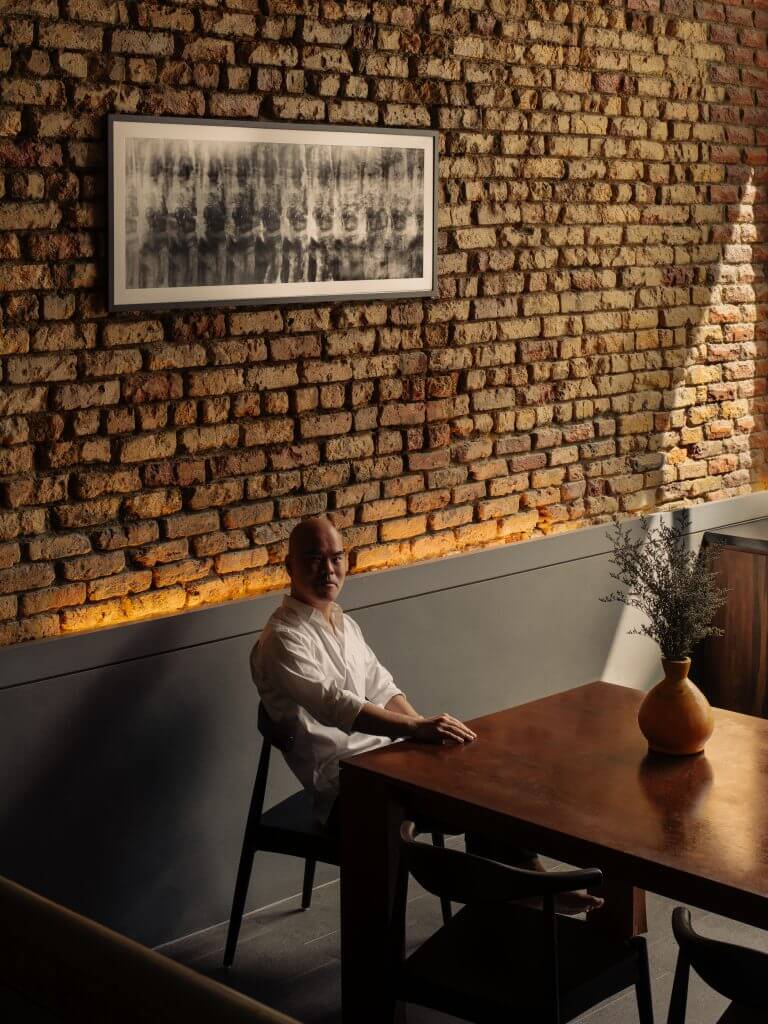
Could you tell us a bit about yourself and your artistic practice?
My parents have dealt with living beings in their lives and careers: working on farms, in labs with specimens, in gardens. In many ways, I’ve been primed to see life through the lens of nature and the biological. In my paintings, installations, and performances, I constantly ask myself how we relate to other living things around us, our environment, particularly what the interactions are like between our bodies and the world, with our flora and fauna in urban spaces.
Tell us more about your process of making artworks. What do you enjoy or find meaningful about this process?
My time in the studio is a time to come back to self, back to the body. I pay very much attention to how my body is positioned, whether in front of the canvas or the camera. Stillness gives me that space for relation with my materials. Most of my time is spent just sitting or standing, and looking, taking in the space, and being the space between my body and the objects around me.
What are your thoughts on placing your artworks within a home such as Figment’s Alexandra House?
I’ve done a site-specific project in a home before. It was for the 2017 edition of the OH Open House Art Walk at Holland Village. For that project “Creep in Three Movements”, I filled the nooks and crannies of a home at Chip Bee Gardens with dyed toilet paper. So whether it’s an installation or a painting, I do prefer seeing works live in an inhabited space. Even for the group projects that I’ve initiated in the past, they’ve mostly been in unconventional, non-white-cube spaces, like a HDB flat (“I.D. (The Body’s Still Warm)”, 2018), or in my granddad’s home at 13 Wilkie Terrace which was going to be torn down (“Displacements”, 2013).
I’ve always felt that it was an artist’s ethical responsibility to respond to the conditions of the time and place that we live in. This immediacy, urgency, sensitivity to our world doesn’t happen just in our studios, our notebooks, our private minds. The context of the encounter with the art object/experience can also be fertile ground for dialogue and speculation. Domestic contexts are particularly special for art, because they intimate. Art in that setting becomes part of someone’s daily landscape, inhabiting the same space, hanging or sitting beside someone’s automatic routines and everyday habits.
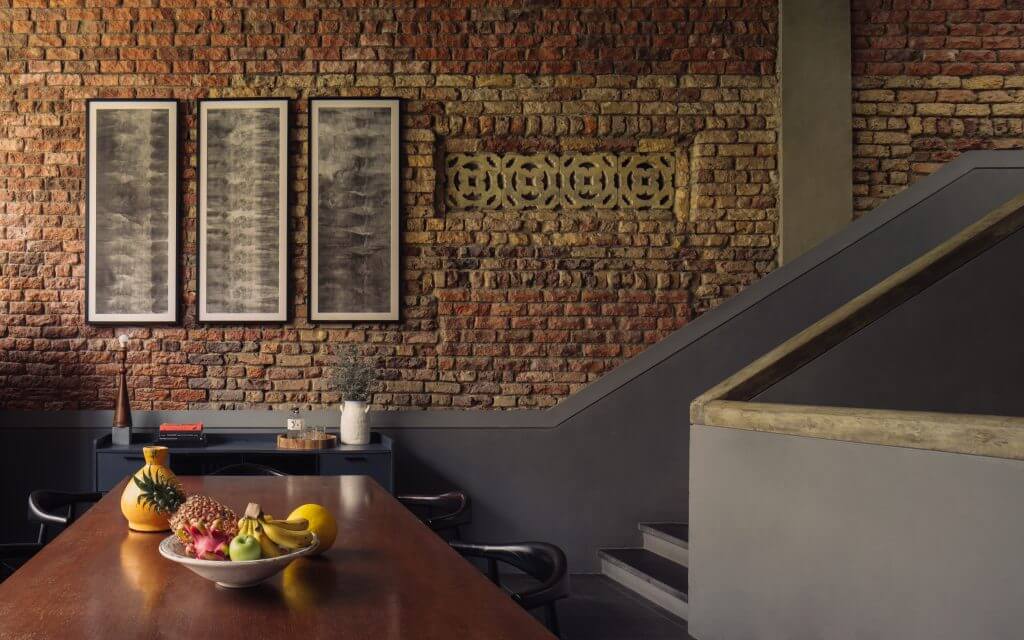
What do you hope people will experience from your works?
For me, these paintings are a mirror. They are scaled to the sizes of the human body, with a meditation on the torso as a field of possibility for change and impermanence, with its stillness and invisible rhythms.
I’m hoping that the viewer can encounter these paintings with a sense of “being with”, bringing a mindfulness to their own weight and gravity, their breath, the inner movements of the organs, constantly shifting, yet whole.
Through this series, I’m also hoping for people to think about the pictorial frames of landscape in a different manner, to be able to break out of how we view the body representationally, and also what we expect from the traditions of ink painting.
Could you share with us some things that have inspired or continue to inspire you?
Lately I’ve been drawn to the works of the late American painter Agnes Martin and British artist Phyllida Barlow. There is a sensitivity to movement, weight, and the body through time in their process and art objects.
In the past few years, I’ve also taken to coming back to the bathroom as a meditative space, a sanctuary for contemplation and being, observing the sounds and feelings as I go about my morning routine, paying close and expansive attention to the element of water and the sense of flow and letting go. It’s in our own personal humble mundane (private) spaces that we can return to our body and mind.
Yen Phang (b. 1979, Singapore) works across the mediums of painting, installation, and performance. Born to a geneticist and an agriculturist, Yen explores nature as interface, sense phenomena in eco/bodily systems. In particular, his practice reflects upon human relationships with other living things in urban environments.
Yen’s series Still. Here. is displayed in Alexandra House.

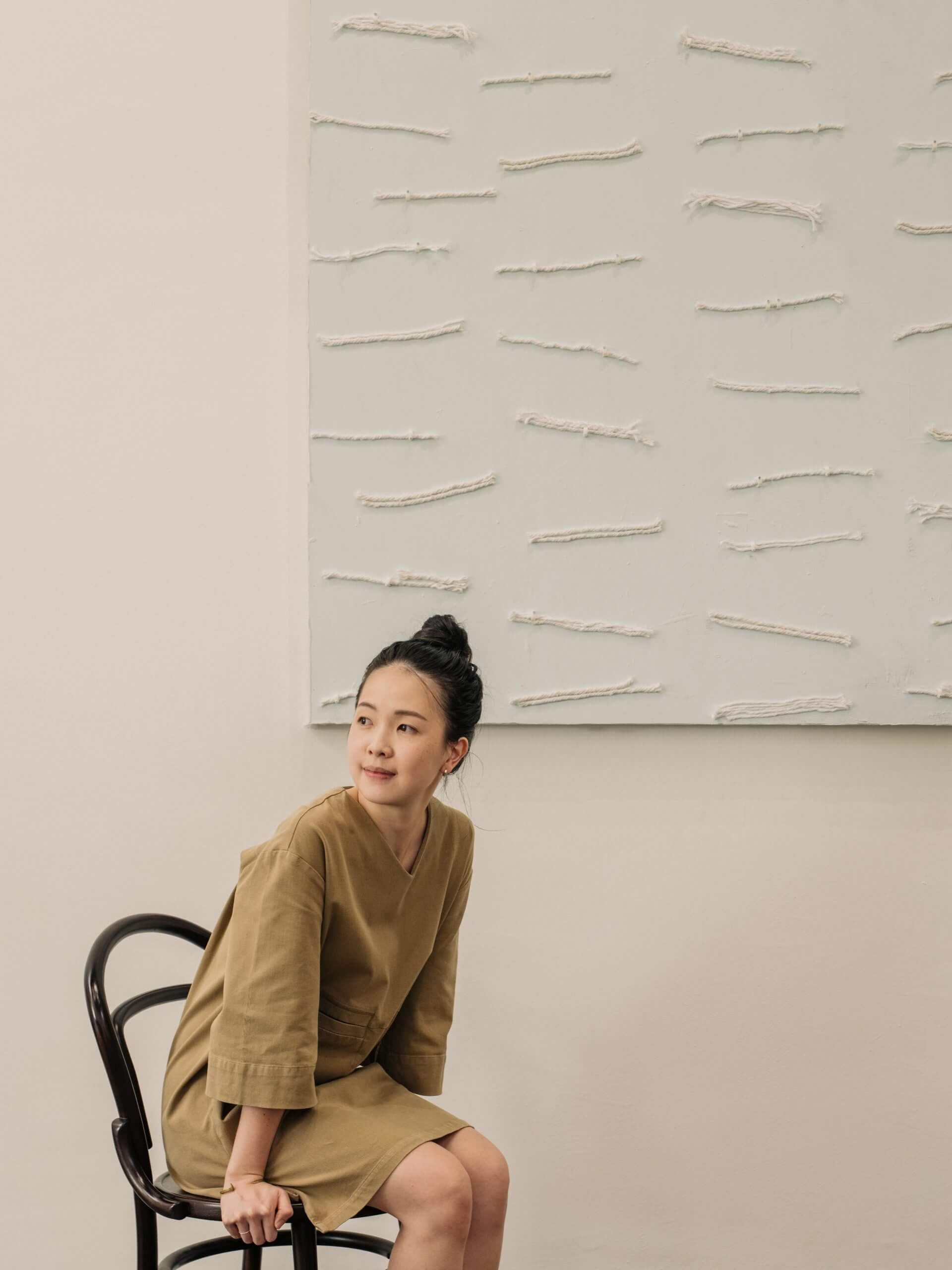
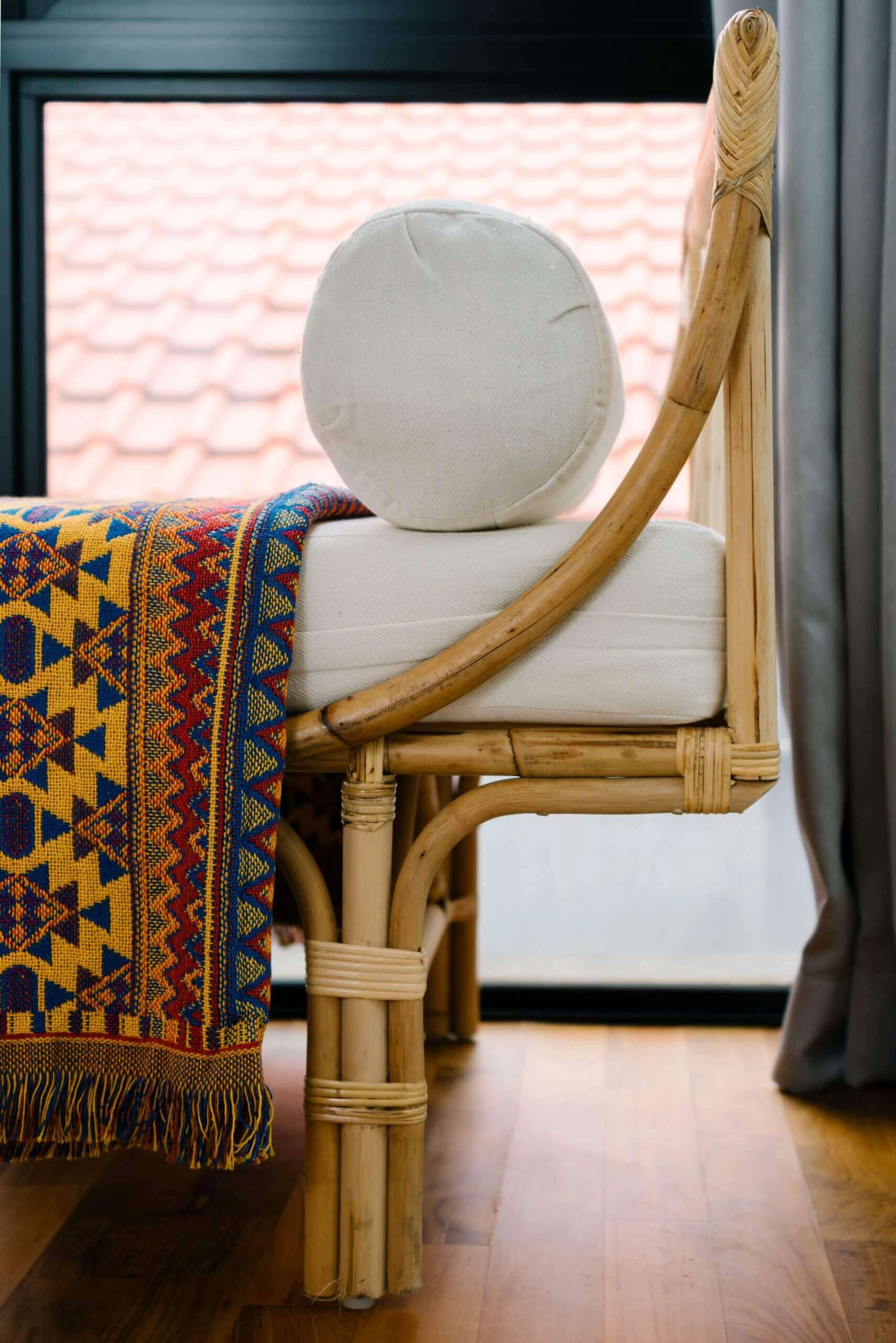
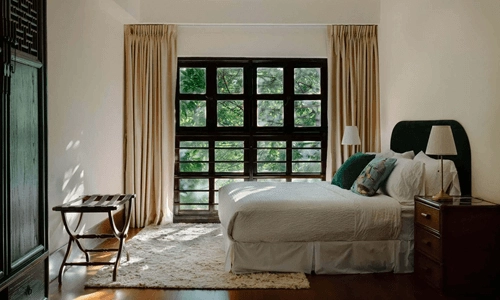


Comments